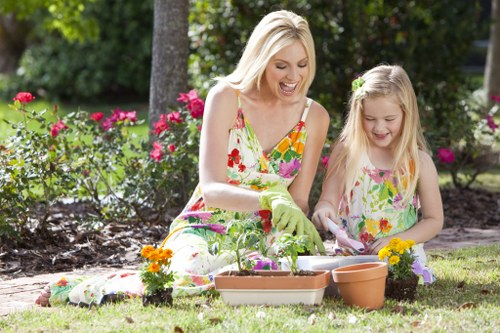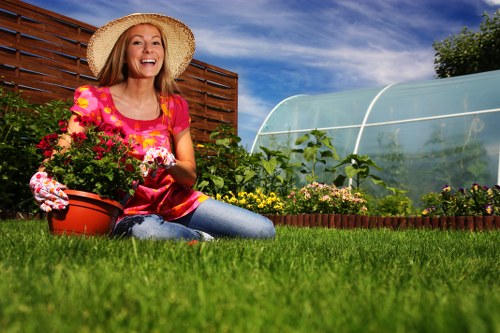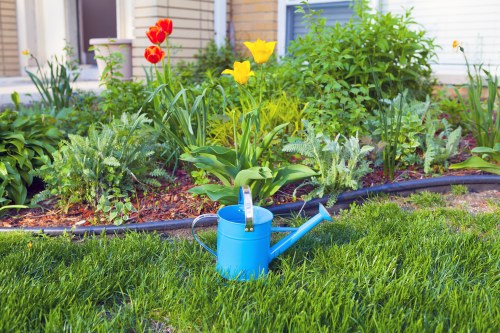Garden Fence Installation in Cleaners BR3

Enhancing your garden's beauty and security starts with the perfect fence. Garden fence installation in Cleaners BR3 offers homeowners a blend of aesthetics, functionality, and value.
Whether you're seeking privacy, defining your garden space, or simply adding a decorative touch, a well-installed fence can transform your outdoor area.
In this comprehensive guide, we'll explore the various aspects of garden fencing, helping you make informed decisions for your home.
Why Choose a Garden Fence?

A garden fence serves multiple purposes beyond mere decoration. Here are some compelling reasons to consider installing one:
- Privacy: Create a secluded space away from neighbors.
- Security: Deter intruders and protect your property.
- Boundary Definition: Clearly mark the limits of your garden.
- Aesthetic Appeal: Enhance the overall look of your outdoor space.
- Safety: Keep children and pets within designated areas.
By addressing these needs, a garden fence becomes an essential addition to any property.
Now, let's delve into the different types of fences available to suit your specific requirements.
Types of Garden Fences

Wooden Fences
Wooden fences are a classic choice, offering versatility and natural beauty. They can be customized to match various garden styles, from rustic to modern.
- Pros: Aesthetic appeal, customizable, eco-friendly.
- Cons: Requires regular maintenance, susceptible to weather damage.
Metal Fences
Metal fences, such as wrought iron or aluminum, are known for their durability and strength. They provide a sturdy barrier while adding a touch of elegance.
Pros: Long-lasting, low maintenance, secure.
Cons: Can be expensive, limited customization options.
Vinyl Fences

Vinyl fences are a popular low-maintenance alternative to wood. They resist fading, cracking, and warping, ensuring longevity without the need for frequent upkeep.
- Pros: Durable, easy to clean, variety of styles.
- Cons: Limited color options, can be less sturdy than metal.
Composite Fences
Combining the best of wood and plastic, composite fences offer durability with a natural appearance. They are resistant to rot and pests, making them a practical choice.
Pros: Eco-friendly, low maintenance, versatile design.
Choosing the Right Fence for Your Garden

Selecting the appropriate fence depends on several factors:
- Purpose: Determine whether you need privacy, security, or decoration.
- Budget: Establish how much you're willing to invest.
- Material: Choose based on durability, maintenance, and appearance.
- Local Regulations: Ensure compliance with Cleaners BR3 zoning laws.
- Maintenance: Consider the upkeep required for each fence type.
Assessing these elements will help you make a decision that aligns with your needs and preferences.
Next, let's explore the installation process to give you a clear understanding of what to expect.
The Garden Fence Installation Process
Planning and Measurements
Proper planning is crucial for a successful fence installation. Start by measuring the area to determine the amount of material needed.
Consider the placement of gates and ensure that the design complements your garden's layout.
Obtaining Permits
Before installation, check with the Cleaners BR3 local council to see if you require any permits or need to adhere to specific regulations.
Compliance ensures a smooth installation process and avoids potential legal issues.
Installation Steps
The installation typically involves the following steps:
- Marking the Layout: Outline where each section of the fence will be placed.
- Setting Posts: Install fence posts securely into the ground.
- Attaching Panels: Mount the fence panels between the posts.
- Finishing Touches: Add gates, paint, or stain as desired.
Hiring professional installers can ensure that each step is executed correctly and efficiently.
Now, let's discuss budgeting for your fence installation.


